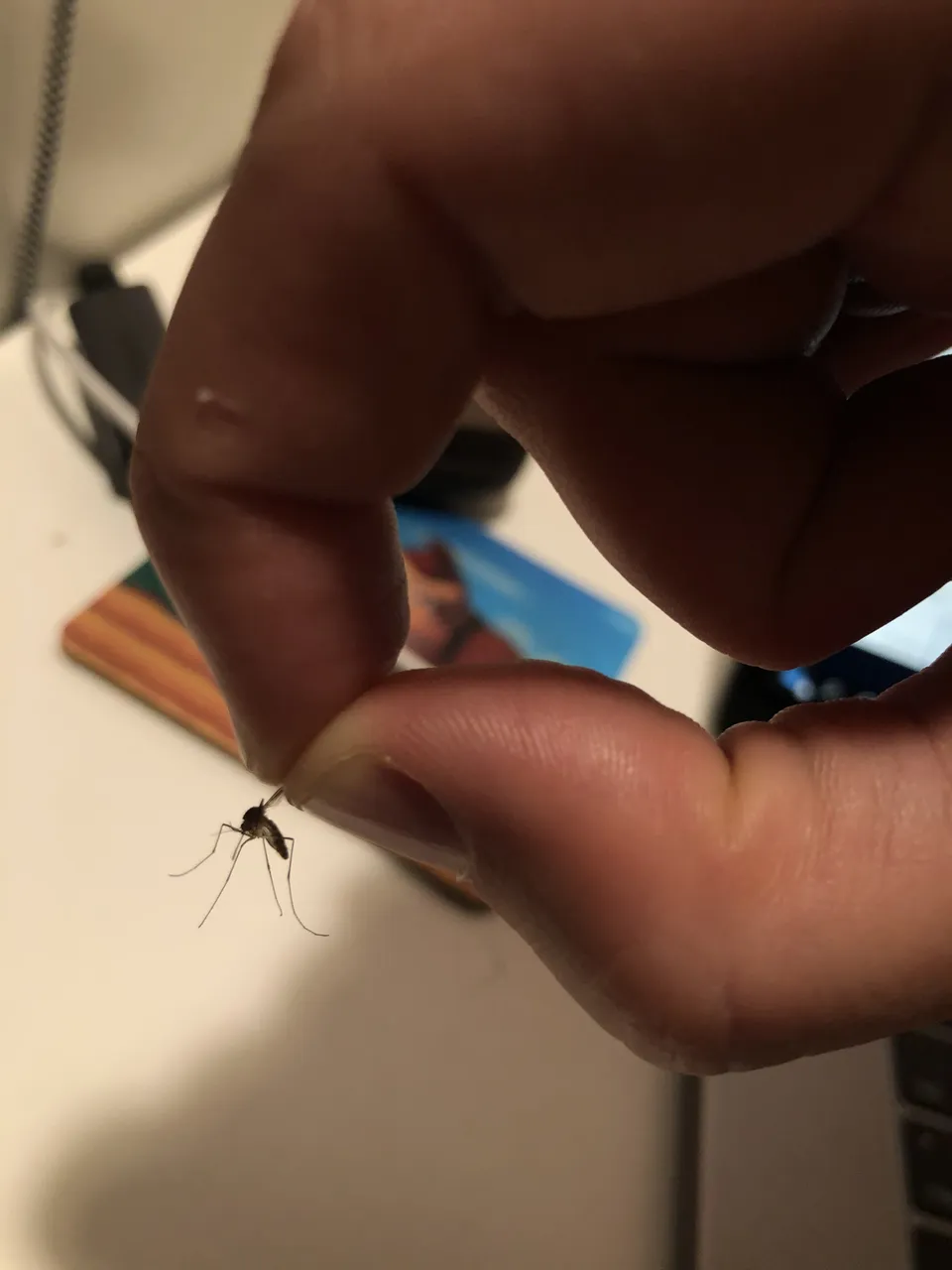What is a vector?
A carrier of a pathogen or a disease without being affected directly. I guess this is the easiest and straight-forward answer that could be given since vectors can be living and non-living and when we want to mention a vector that is responsible for the death of millions, we cannot skip mosquitoes.
Mosquitoes are responsible for a lot of diseases including dengue also known as breakbone fever, yellow fever, malaria, and so on. As the world gets warmer, the mosquito population is increasing, and the diseases they spread are also increasing. Diseases such as dengue killed over 10,000 people and infected over 14 million people in 2024. While the Anopheles mosquito transmits malaria, the Aedes aegypti transmits Dengue, Zika, and Chikungunya.
Mosquitoes do a good job when trying to suck out blood, and they do this to get the freshest blood without any disturbance. First, they inject an anticoagulant, then an analgesic to make sure you don't feel the pain until they are done. While they suck blood, they also spit into your blood and this is where these viruses find their way into your bloodstream.
To stop diseases like dengue, programs like the World Mosquito Program were initiated. At WMP, the goal is to stop dengue fever, and to do so, they use a strain of bacteria found in about 50% of insects but not in mosquitoes. They used Wolbachia bacteria to inhibit the virus in the mosquito. The bacteria when present in female mosquitoes are transmitted to their young thereby making their population dengue-free, and when in men, the mosquitoes become sterile after mating. So with this, it is a win on both sides of the coin.
What scientists are doing is to allow for the reproduction of more Wolbachia-carrying mosquitoes so they can be introduced into the wild, Also the scientists are sending eggs infected with the bacteria to areas where they are needed. They release the mosquitoes weekly for 20 weeks so they can have a large population of mosquitoes in the environment.
Since the beginning of the project, the incidence of dengue has reduced in areas where the mosquitoes have been released although there are still fears of things going wrong. A test of Wolbachia on Culex tarsalis which transmits West Nile virus showed that they had a greater probability of being infected with the West Nile virus thereby increasing the susceptibility of the virus. So there is the fear that infecting mosquitoes with Wolbachia could give the opposite effect on the pathogen such as the case of West Nile Virus.
We have been performing biocontrol for years now, and while some were successful, we have some that were not. An example of a biocontrol gone wrong was the release of the cane toad in Australia which then became a biocontrol disaster. We hope this will not be another biocontrol disaster but for now, it is safe.
Reference
https://pmc.ncbi.nlm.nih.gov/articles/PMC4027352/
https://www.cdc.gov/mosquitoes/mosquito-control/mosquitoes-with-wolbachia.html
https://pmc.ncbi.nlm.nih.gov/articles/PMC10612335/
https://www.frontiersin.org/journals/microbiology/articles/10.3389/fmicb.2023.1267832/full
https://journals.plos.org/plosntds/article?id=10.1371/journal.pntd.0002965
https://pmc.ncbi.nlm.nih.gov/articles/PMC3554047/
https://www.worldmosquitoprogram.org/en/work/wolbachia-method/how-it-works

